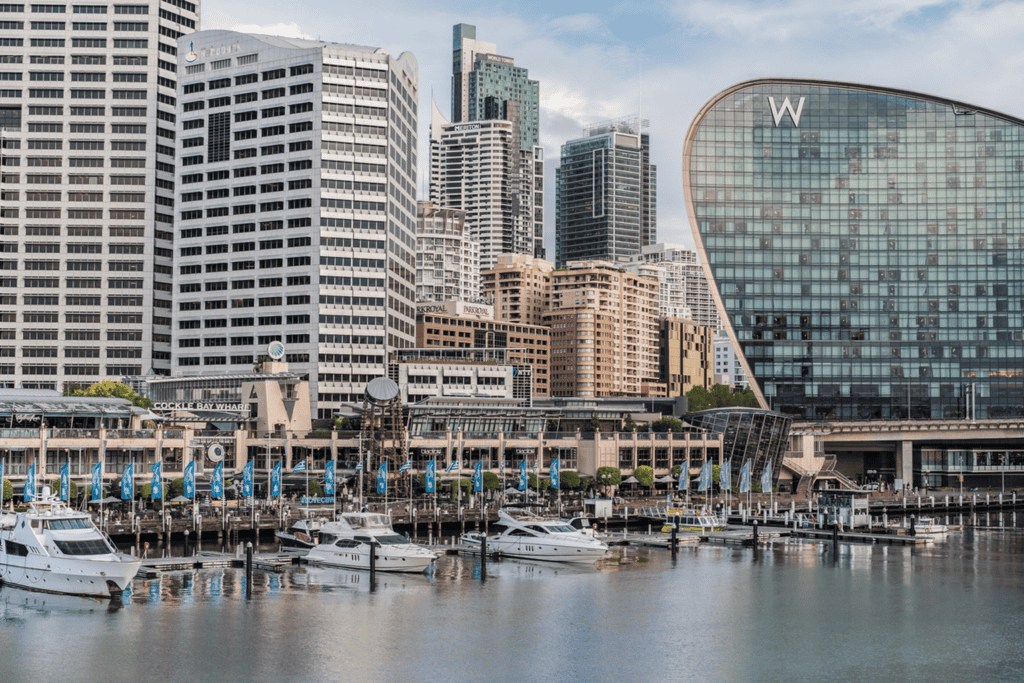When interest rates are low and meaningful returns are hard to find, speculators tend to grab the headlines, regulators try hard to keep up and new economic theories are born.
At the same time, the ordinary just ticks along. Last year, for instance, was one of the least volatile on the Australian stock market in 16 years and while it made good money, it lagged overseas markets by some margin.
Indices returns in local currency and $US, 2017 (%)

Meanwhile, the gamblers, with plenty of wealth at their fingertips, went hunting in areas of high risk and high returns, such as cryptocurrencies, especially Bitcoin, which gained more than 1,300% over the year.
This abundance of loose money was also seen in the art world, with Leonardo Da Vinci’s Salvator Mundi fetching a record US$450 million, which was more than double the previous record for a painting sold at auction.
Bitcoin price history

Money chases money
This crazy activity feeds into the grand theory of inequality set out in 2013 by French economist Thomas Piketty, who suggested that, based on long-run data, the rate of return on capital was typically higher than the growth rate of the economy.
The Economist explained that the stock of wealth, therefore, should grow over time relative to GDP. “And because wealth is less evenly distributed than income, this growth should push the economy towards ever higher levels of inequality,” it says. “Mr Piketty summed up this contention in the pithy expression ‘r > g’.
“In fact, that may understate the case, according to the newly gathered figures. In most times and places, ‘r’ – the average return across all assets, both safe and risky – is well above ‘g’, or GDP growth.
“Since 1870, the average real return on wealth has been about 6% a year, whereas real GDP growth has been roughly 3% a year on average.
“In recent decades, the ‘great compression’ in incomes and wealth that followed the world wars has come undone, as asset returns persistently outstrip the growth of the economy.”
This also gives rise to the impression that with increasing globalisation, the world economy is becoming a giant casino in which the people with the most money dictate terms and outcomes.
New economic facts
Nevertheless, The Economist also pointed to some new basic economic facts that were revealed by research into 16 economies over a 145-year period.
One finding was that housing, rather than equities, provided the best return. But while both asset types yielded about 7% a year on average, equity returns have been much more volatile.
“It is important to note, however, that rental yields account for about half of the long-run return on housing, and owning a diversified portfolio of rent-yielding property is not the same bet as borrowing to house the family,” The Economist says.

So, the lesson is that the sum of returns on wealth will outstrip economic growth. The trick is – and always has been – finding the investments that will produce the right result, not backing things that will put you on the street.




